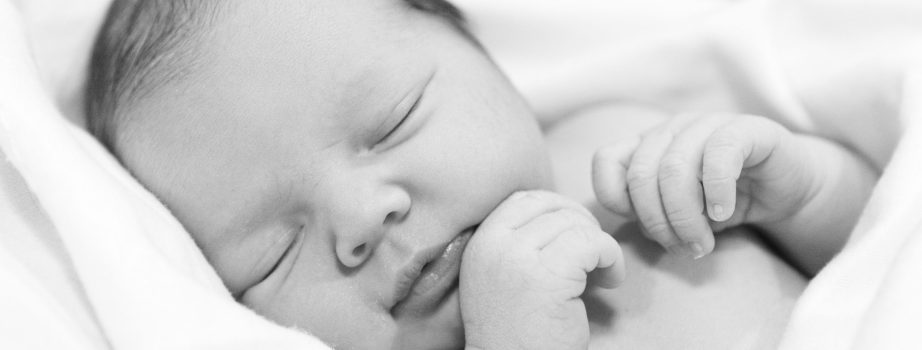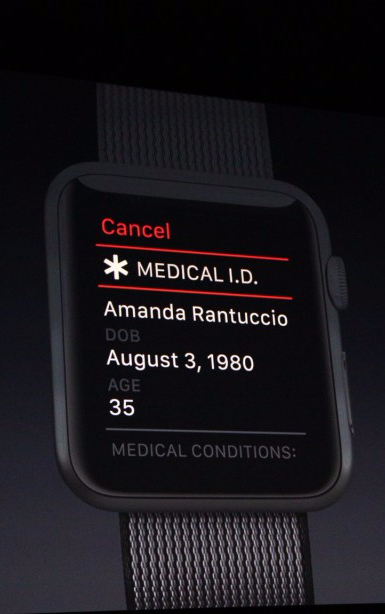
Spending Thanksgiving in London wasn’t a decision I made lightly. After all, we typically host the dinner. It’s also my most favorite holiday and we live just blocks away from where the parade balloons are inflated – an incredible sight for any three year old. Denying Sonya the view of Chase from Paw Patrol being inflated to gigantic proportions made me feel a little bad, but given all London has to offer, I thought worth it. Yan had to be there for work a few days and then we could spend time with Sonya’s Aunt Emily who is currently studying abroad. Not to mention the many museums, shopping and landmarks. It seemed like a great plan.
Of course, as the saying goes, “man plans, God laughs.”
I remembered this saying as, days later, we took a black cab to Casualty First, a private urgent care center located at London’s St. John & St. Elizabeth Hospital. Sonya was crying and holding her right arm limply. She glared at me. “Mama you pulled me too hard!” she cried. And I cried too.
It’s funny because the day had started so well. We were planning to meet some friends at the Natural History museum in the morning, and I had let Sonya sleep in, so we decided to order room service for breakfast. Upon waking up, Sonya was thrilled to see a giant blueberry muffin await her. We were a bit jet lagged and I realized that the timing was tight to finish breakfast, get dressed, get a cab and make the 25 minute drive to the museum. And Sonya didn’t want to wear her CIs that morning.
As anyone who has traveled with a toddler (not to mention one who wears cochlear implants) knows, routine often must go out the window. Sometimes this is a good thing. I personally feel that too much structure for kids is not great. That having a day here and there where life is just not according to plan can actually be a great learning opportunity. But sometimes, it’s just too much. Sonya, who typically allows us to put her CIs on in the morning as she eats and watches Sarah and Duck, resisted more than normal this morning.
I tried to hold her down to put them on, but she struggled away. When she decided to slide her body off the bed to avoid wearing them, I took her arms and pulled her back up. The weight of her body was just too great on the ligament of her right elbow. I felt a click and she hollered in pain.
I quickly realized what had happened. Sonya held her arm loosely at her side and wouldn’t let me touch her.
Sonya had what is called “nursemaid’s elbow.” This is apparently a common childhood injury. It happens when a child’s elbow is pulled and partially dislocates. It’s obviously a painful injury but it’s also very easily treated.
At Casualty First (I can’t get over the name either…), Sonya and I waited in a bright, clean and empty waiting room for just 10 minutes before she was seen by a doctor. As she sat on my lap, the doctor examined her arm. No swelling or bruising – which was good. He simply took her hand turned it over and while distracting her bent her elbow toward her body.
Sonya screamed and cried. I held her tightly. “I didn’t feel it snap back in place,” the doctor told me. “I hate to do this, but I think she will need an X-ray, to ensure there was no fracture.” He sent us to wait in the hospital waiting room for what could have been hours. Sonya laid against me. I sang to her softly and then suddenly she sat up.
“Mama – it doesn’t hurt!” She smiled. “My arm is better!” Sonya moved her arm around in a circle and then sang with delight “the driver on the bus can move on back!” she exclaimed, smiling. The doctor soon confirmed that she was just fine. “These cases typically resolve themselves in 24 hours,” he assured me.
I can’t express the relief I felt. I also can’t express the guilt. I had really screwed up as a parent.


As we walked out of the hospital, I wished I had just known a way to communicate with Sonya when she wasn’t wearing her CIs. Surely, knowing some sign language would have been helpful in this situation! Had I just signed, “No you must put your CIs on or you will go to time out!” we would have probably avoided the entire horrific situation.
So, I have decided to do just that. If anything this situation was a learning experience. Sonya is getting bigger and the circumstances in which she refuses to wear her CIs are becoming more dangerous. Without communication I am forced to physically react and obviously that simply is not acceptable.

Following the disaster of a morning, I tried to make up for it. I took Sonya to Buckingham Palace, where we emulated the Queen’s guards as they stomp their feet. We had lunch in a restaurant (french fries and chocolate ice cream) and topped it off with a trip to Hamley’s. Sonya picked out two plush kittens which cost 35 pounds each. Yep.
Did I mention the Langham hotel in London has a great bar? 😉
UPDATE: we did teach Sonya a handful of signs including: all done, more, milk, water, mommy, daddy, I love you, no, time out, and eat. I find that when she removes her CIs, she also will turn her head away from me. Sign doesn’t really help in these instances either! That said, I do think that some sign is great to have as a back-up. However, I have found that Sonya prefers speaking to sign. She just gets tired of listening sometimes.


















 For those who have hearing loss,
For those who have hearing loss, 
















